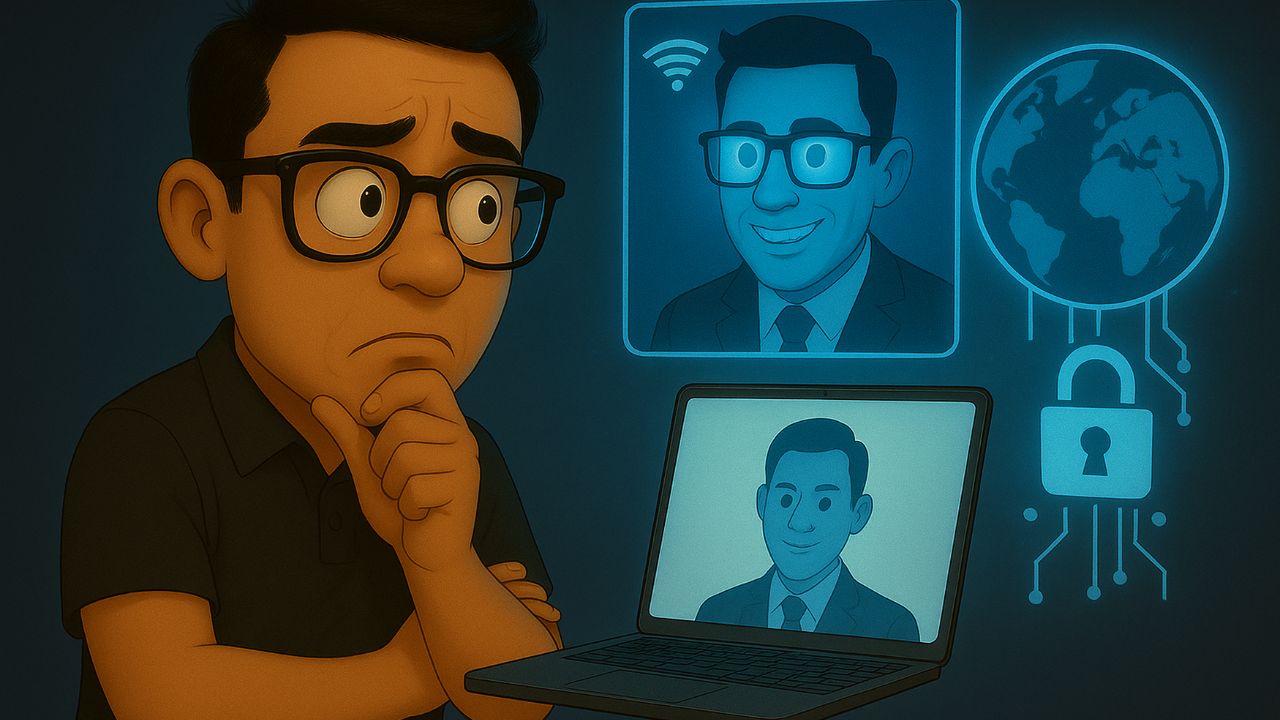In 2025, our lives are more connected than ever before. We bank online, shop online, work remotely, and socialise through digital platforms. This convenience, however, comes with a price: cyber threats have grown more sophisticated, and everyday users are often the easiest targets.
Large companies invest heavily in cybersecurity teams, but ordinary individuals remain vulnerable. A single weak password, careless click, or unsecured Wi-Fi connection can expose sensitive data. Hackers no longer only target governments or corporations; ordinary people are increasingly victims of identity theft, scams, and ransomware.
The good news is that cybersecurity doesn’t have to be complicated. With basic awareness and good habits, anyone can significantly reduce risks. Let’s read the essentials of cybersecurity for everyday users, what threats exist, how to protect yourself, and how to respond if something goes wrong.
Why Cybersecurity Matters
Personal Safety
Your personal information—bank details, address, passwords—can be exploited for fraud and identity theft.
Financial Security
Cybercrime costs the world trillions annually. Even small scams can drain savings or compromise credit.
Privacy
Protecting personal data ensures freedom of expression and prevents surveillance or manipulation.
Peace of Mind
Good cybersecurity reduces worry about whether your accounts, devices, and information are at risk.
Common Cybersecurity Threats
1. Phishing Attacks
Fraudulent emails, texts, or calls are designed to trick users into revealing information.
- Example: An email pretending to be from your bank asking you to “verify your account.”
2. Malware
Malicious software that infects devices, often spread through downloads or unsafe links.
- Types: Viruses, spyware, and ransomware (which locks your files until a ransom is paid).
3. Weak Passwords
Short, reused, or simple passwords make accounts easy to hack.
4. Public Wi-Fi Risks
Free networks at cafes or airports are often unencrypted, allowing hackers to intercept data.
5. Social Engineering
Hackers manipulate people into sharing information by exploiting trust or fear.
6. Data Breaches
When companies storing your data are hacked, your information can be leaked or sold online.
7. Deepfakes and AI Scams
AI-powered fake voices and videos are used in scams, making it harder to tell real from fake.
Basic Cybersecurity Practices Everyone Should Follow
Use Strong Passwords
- At least 12 characters long.
- Mix of upper/lowercase letters, numbers, and symbols.
- Avoid personal info like birthdays or names.
- Use a password manager (Bitwarden, LastPass, 1Password).
Enable Two-Factor Authentication (2FA)
Adds an extra layer of security, requiring both a password and a code sent to your phone or an authenticator app.
Keep Software Updated
Updates fix vulnerabilities. Ensure automatic updates are enabled for operating systems, apps, and antivirus software.
Be Cautious with Links and Attachments
- Don’t click links in suspicious emails.
- Hover over links to check the true URL.
- Avoid downloading files from unknown sources.
Secure Your Wi-Fi
- Change default router passwords.
- Use WPA3 encryption.
- Avoid connecting to unsecured public Wi-Fi without a VPN.
Backup Important Data
Use both local backups (external hard drive) and cloud backups to protect against ransomware or accidental loss.
Advanced Cybersecurity Practices
Virtual Private Network (VPN)
Encrypts your internet traffic, hiding browsing activities from hackers and ISPs. Essential when using public Wi-Fi.
Encrypted Messaging Apps
Use apps like Signal or WhatsApp for private conversations.
Antivirus and Firewalls
Install reputable antivirus software and ensure firewalls are enabled to block suspicious activity.
Monitor Your Digital Footprint
Google your own name, check what’s public, and remove unnecessary information from social media.
Dark Web Monitoring
Some services alert you if your email or personal data is found in data breaches sold on the dark web.
Cybersecurity for Mobile Devices
Phones are mini-computers and equally vulnerable.
- Lock devices with PINs, biometrics, or passphrases.
- Only download apps from official stores.
- Disable unnecessary location or microphone permissions.
- Enable remote wipe in case your phone is stolen.
Responding to Cyber Incidents
If You Suspect a Phishing Attempt
- Do not reply or click links.
- Report to your email provider or company IT team.
- Delete immediately.
If Your Account is Compromised
- Change your password immediately.
- Enable 2FA if not already active.
- Check account activity logs.
If You’re Hit by Ransomware
- Disconnect from the internet.
- Do not pay ransom—contact cybersecurity professionals.
- Restore from backups.
If Your Identity is Stolen
- Contact your bank and freeze cards.
- Report to credit agencies to flag suspicious activity.
- File a police report if necessary.
Cybersecurity for Families and Children
- Teach children not to share personal info online.
- Enable parental controls for young users.
- Explain the dangers of talking to strangers or clicking links.
- Encourage open communication about suspicious online encounters.
The Future of Cybersecurity
As technology evolves, so do threats. In the coming years, cybersecurity will increasingly rely on AI to detect and respond to attacks in real time. Biometric authentication (fingerprints, facial recognition) will replace many passwords, and governments will push for stronger regulations around data protection.
For individuals, the basics remain the same: strong passwords, cautious behaviour, and regular updates. The most powerful tool is awareness—understanding risks and staying vigilant.
Frequently Asked Questions
Q: Do I really need antivirus software?
Yes, especially for Windows and Android devices. It provides an essential extra layer of defence.
Q: Are Apple devices immune to cyber threats?
No. While they may have fewer vulnerabilities, Macs and iPhones are still targeted.
Q: Is it safe to use public Wi-Fi?
Only with a VPN. Otherwise, avoid sensitive activities like banking or shopping on public networks.
Q: How do I know if I’ve been hacked?
Unusual activity like password resets, unknown purchases, or strange emails being sent from your account may indicate compromise.
Cybersecurity is no longer just a concern for IT professionals; it is a basic life skill for everyone in the digital age. By understanding common threats and adopting simple practices like strong passwords, two-factor authentication, and cautious online behaviour, you can protect yourself from most attacks.
The internet will only grow more complex in the coming years, but staying safe doesn’t require advanced technical skills. It requires awareness, vigilance, and consistency. Think of cybersecurity as locking your front door, not because you expect a break-in, but because it’s a sensible precaution.
Protecting your digital life today ensures your information, finances, and peace of mind remain safe tomorrow.








Leave a Comment